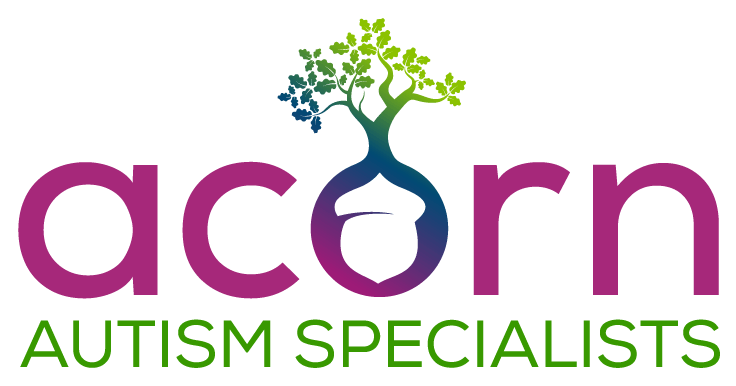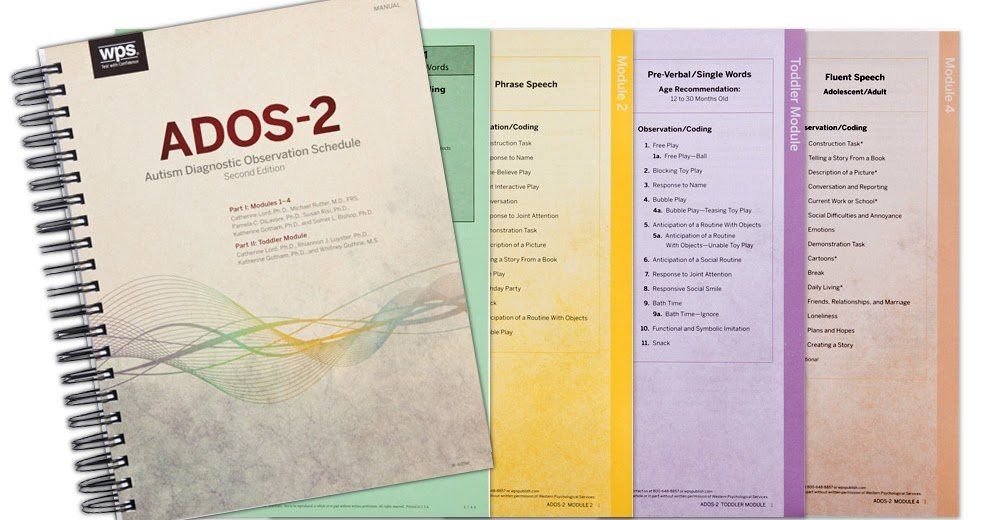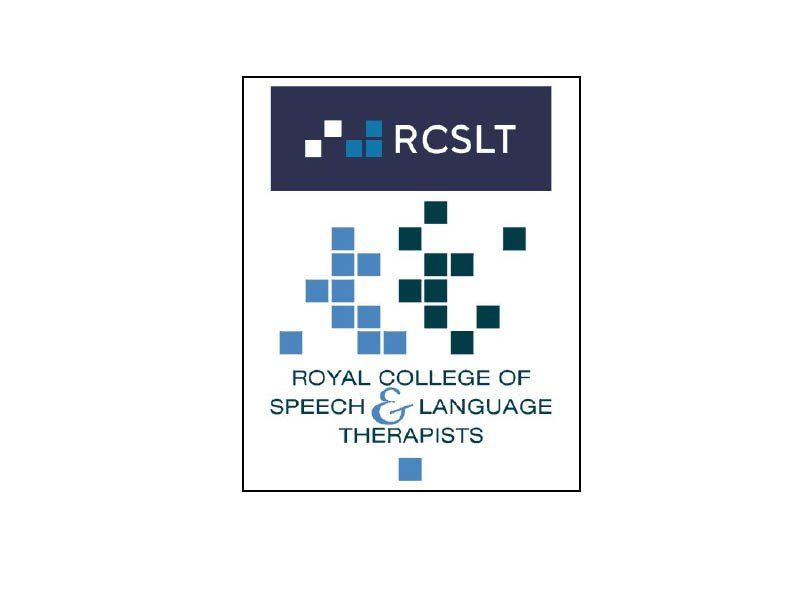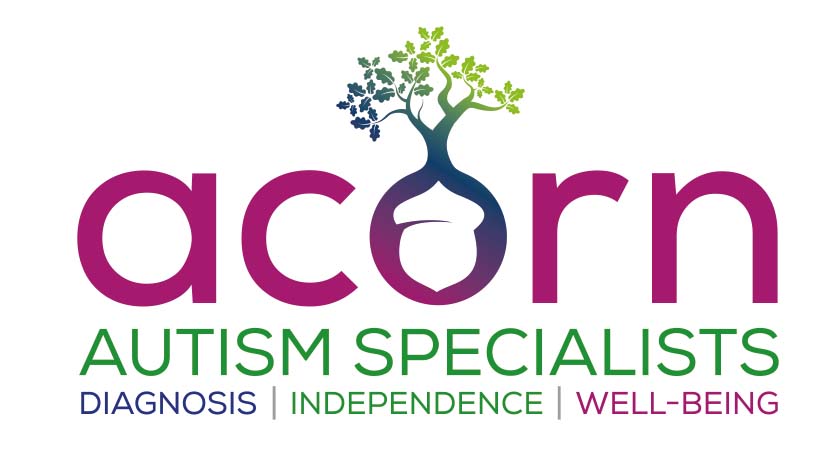A word about autism blog
Are Social Skills ‘Deficits’ an inherent part of Autism?
Or, do both Autistic & Neurotypical people need to learn how to socialise with each other?
“When I was little the most common thing other kids said to me about what they know of Autism is “Autistic kids find it hard to make friends” or “Autistic kids don’t know how to make friends”. If I asked for more information, like “why do Autistic kids have this trouble”, they did not know an answer, only that it’s what their parent or teacher had told them.
Sometimes though they would reply something like “because Autistic kids don’t know how to play” or “because Autistic kids don’t understand normal people”.
It meant from a very young age I, as an Autistic kid (and my friends as neurotypical kids) were both being taught Autistic kids are not capable. It meant too neurotypical kids were being conditioned to believe it was a one-sided ‘problem’ – mine, and a ‘problem’ which they had no responsibility for.
I have privilege that many Autistic kids do not have – neurotypical friends who understand they have (and take) equal responsibility for the success or failure of interactions with me. This means just as I have taken responsibility for learning how they communicate, how they use their body and face and how they express emotion, they too have taken responsibility for learning these things about me.
This is because I had privilege from when I was very small of my Mumma helping my friends (and me) to understand the different ways our brains worked. When I started making a new friend, Mumma would play with us together at home. She would play games with my new friend and me that showed us how we communicate and play differently, how we show our emotions differently, how we use our body and face differently, and how to look for those differences so we could cooperate to work with each other’s differences.
It is a problem though that me having neurotypical friends who take equal responsibility in interacting with me is a ‘privilege’. It is a privilege too that is limited. It is privilege that disappears when I am with a new person or new group of people. It should not be that way”.
Autistic people and non-Autistic people communicate and interact differently. This includes not only how each neurotype understands and uses language, but how both groups convey emotion and how they use and interpret facial expression and body movement – the things that underpin how social interactions language are undertaken and interpreted.
In the past, these social differences have been framed as a ‘deficit’ characteristic of Autism and the Autistic person held responsible for unsuccessful social interactions.
But, this view ignores the fact that social interactions are exactly that – bidirectional, a two-way interaction between individuals. This means the view that Autistic people have specific social interaction deficits comes from a socially constructed combination of (a) neurotypical expectation that social interactions can only be successful if done in a neurotypical way or (b) inflexibility or unwillingness of the neurotypical brain to identify and understand emotion, facial expression and body language that is different from their own neurotype.
Evidenced based Research shows:
- Autistic people communicate and interact effectively with other Autistic people. Autistic people display minimal social skill deficits when engaging in social interactions with their own neurotype.
- Autistic people can and often do learn to interpret neurotypical facial expressions and body language and constantly use those learnings to try to bridge social interactions with neurotypical people, including using mimicking and other masking tools.
- Neurotypical people find it difficult to read and interpret the emotion, facial expressions, and body movements of Autistic people. There is generally an absence in neurotypical people learning to interpret emotion, facial expression and body language of Autistic people and therefore associated absence in neurotypical people effectively bridging unsuccessful social interactions.
In essence, research is telling us both Autistic and non-Autistic people often have effective communication skills and ability when communicating with other people of their own neurotype. When bidirectional reality between different neurotypes is considered, Neurotypical people are reliant on the Autistic person bridging social interactions for the majority. When the Autistic person is unable to bridge the interaction, this is perceived by the Neurotypical person as a communication failure (or deficit) of the Autistic person.
Continuing to place the burden of responsibility for unsuccessful social interactions between Autistic and neurotypical people solely onto the Autistic person is ableist, unjust, and intensely harmful to Autistic people. It plays a key role in the substantially higher level of comorbid mental health conditions in Autistic people, and a significant role in why Autistic people have, in general, a life expectancy of around 20 – 30 years less than non-Autistic people. It must stop and be replaced with a mutual responsibility between both neurotypes.
Further reading:
- Interaction Takes Two: Typical Adults Exhibit Mind-Blindness Towards Those With Autism Spectrum Disorder (Rebecca Brewer, Federica Biotti, Caroline Catmur, Clare Press, Francesca Happe, Richard Cook and Geoffrey Bird) https://www.researchgate.net/publication/305642022_Interaction_Takes_Two_Typical_Adults_Exhibit_Mind-Blindness_Towards_Those_With_Autism_Spectrum_Disorder
- The Shifting Landscape of Autism Research and its relationship to bidirectional emotion research (Jennifer Louise Cook PhD Neuroscience, Conner Tom Keating, School of Psychology, University of Birmingham) https://www.sciencedirect.com/science/article/pii/S1056499320300183
- Can Neurotypical Individuals Read Autistic Facial Expressions? (Research Paper: Rebecca Brewer, Federica Biotti, Caroline Catmur, Clare Press, Francesca Happe, Richard Cook and Geoffrey Bird) https://www.sciencedirect.com/science/article/pii/S1056499320300183#!
- Research on facial expressions Challenges the way we think about Autism. https://theconversation.com/research-on-facial-expressions-challenges-the-way-we-think-about-autism-134053
- Overview of Disability, Ableism and Inclusion: https://iamcadence.com/2020/11/29/disability-ableism-inclusion/
Available at: https://iamcadence.com/2021/02/07/are-friendship-challenges-in-autistic-kids-really-about-autistic-kids-having-social-skills-deficits/












